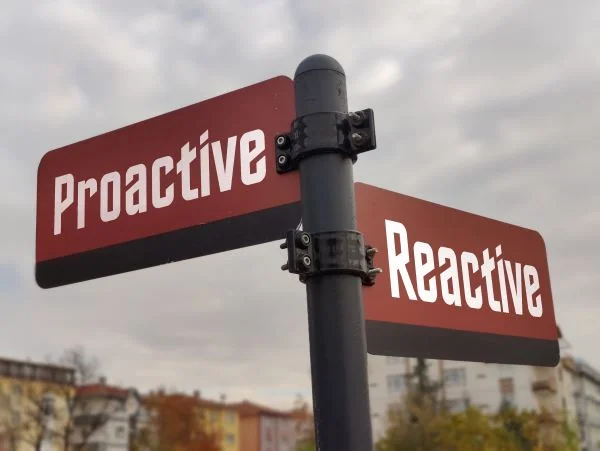As manufacturers return to a new normal for operations, the changes made to operating procedures in order to ensure safety and the flexibility during the pandemic have impacts beyond each immediate facility. These protocols attract the attention of shareholders and boards of directors and affect inventory supply chains and customer relationships. Considering all the potential ramifications, an ongoing, well-executed operational response to workforce safety can represent a source of competitive advantage for an organization and can garner wide-spread positive or negative attention.
Some of the top on-going challenges in managing production during the pandemic lie in the following critical areas:
- Ensuring workforce safety, whether for employees or contractors, is the first priority to ensure stability going forward. Organizations have addressed the numerous challenges to safety by increasing social distancing and decontamination protocols. Special attention also needs to be given to any contractors who may be working on site for the first time with little knowledge of equipment and processes.
- The development, deployment, and communication of new protocols must be clearly understood by all stakeholders including parts of the organization not subject to them. Unclear, fragmented, and not shared information can undermine the best of plans.
- The added safety protocols and concerns can overwhelm the capacity of management teams who are already stretched thin. It is a particular issue when the uncertainty of or changes to supply chains, product demand, maintenance procedures or other factors force managers to make decisions on emerging issues while staying within both safety protocols and plan/budget targets.
- The capture, analysis, and availability of new information and metrics via management information systems can enable the appropriate management of protocols and identification of future improvements.
Measuring the right things, the right way, at the right time — and communicating them appropriately — allows management to maintain control of the new protocols, eliminate unnecessary activity, make improvements and ensure that measures are maintained.
- The existence of certain business processes may not support the demands of the newly defined safe work environment. Organizations should continually evaluate (and if necessary, adjust and align) their business processes in order to remain safe and competitive. Misaligned processes will cause inefficiencies and could diminish safety. In most organizations, business processes are designed to enable normal day-to-day activities. They are generally not designed to cope with special cause events and other unusual demands that may arise.
- Cost management and control are critical for ongoing sustainability. The existing reporting and control systems may not provide performance data based on the new or possibly evolving normal. A cost monitoring program that provides updated and timely data helps those charged with managing workforce safety and enhanced safety activities to make more informed choices on the right course of action.
- The coordination and management of complex resources is also critical. Your production staff, technical staff, corporate engineering, specialists, vendors, contractors, and government bodies (safety, environmental, etc.) are all stakeholders in the success of your operations. Added to this, changes in processes such as induction, training, material supply and equipment procurement need to be carefully evaluated with an eye towards safety and process changes.
- Companies have been asked to transform their organizations from reactive to proactive in regards to the virus. Shedding a reactive culture and moving towards anticipating and resolving issues before they impact is critical.
Every organization has a hero or two — people who are remembered for “saving the day.” The problem is that heroism is only required when the organization is already in trouble.
- Managing the expectations of diverse stakeholders is a priority. As noted previously, sustaining production during the pandemic is a whole-business event. Communication with indirect stakeholders must be considered to ensure that disruptions to and misinformation about protocols are avoided.
In our new normal, the foundation from which existing protocols were created may not always apply and should be tested to ensure the health of the business and a safe environment for employees to work. To successfully navigate the uncertainty presented during the pandemic requires a holistic approach to managing complex activities and relationships, and to addressing the challenges outlined above. The end result of this exercise will always point to a strong future for your organization.
About Kepner-Tregoe
We all hope that you are well during this disruptive time in our world’s history. For over 60 years our company, Kepner-Tregoe has had the opportunity to help major organizations navigate successfully through radical change, help solve intractable problems and increase incident and problem-management performance through tools, training and consulting – leading to highly effective teams ready to respond to your company’s most critical issues.



